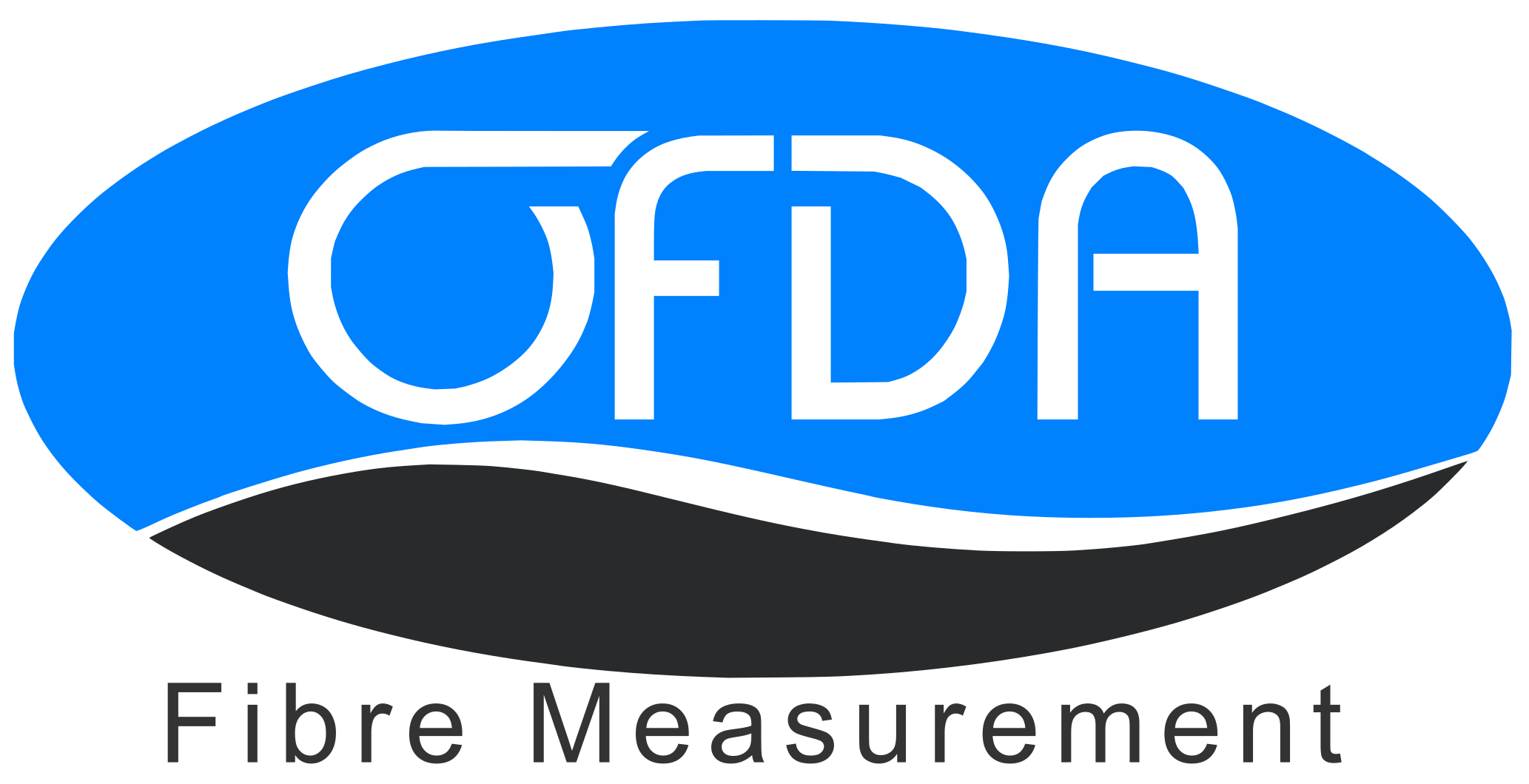What is Linen? Fibre Analysis of an Ancient Textile
- design6507
- Aug 7
- 3 min read
Updated: Sep 24
Linen has long held a place of prestige in the world of textiles. Known for its crisp feel, natural elegance, and durability, it’s the fabric of choice for everything from luxury fashion to fine homewares. But what is linen, really? How is it made, and what makes it stand out from other fibres?
What is Linen? A Natural Fibre With Ancient Origins
Linen is a natural textile made from the fibres of the flax plant (Linum usitatissimum). As one of the oldest cultivated plants in the world, flax has been used for over 10,000 years, with linen fabrics found in Egyptian tombs, ancient Mesopotamian records, and early European civilisations.
What makes linen remarkable is its cellulosic composition, which gives it its signature strength, breathability, and distinctive texture. Unlike synthetic fibres, linen is biodegradable, sustainable, and eco-friendly, making it an increasingly popular choice in conscious consumer markets.
The Fibre Behind the Fabric: Understanding Linen’s Structure
To understand what is linen, it's important to look at its fibre structure:
Bast Fibre: Linen fibres come from the inner bark of the flax stalk. They are considered bast fibres, similar to hemp and jute.
Length and Strength: Linen fibres can range from 25mm to 150mm in length and are naturally longer and stronger than cotton.
Irregular Texture: Linen fibres are irregular in shape, which gives linen fabric its signature crispness and subtle slubs.
Moisture-Wicking: Linen is highly absorbent and breathable, making it ideal for warm climates.
How is Linen Made? From Flax Plant to Fabric
Creating linen is a labour-intensive process that requires careful harvesting and processing:
Cultivation: Flax plants are typically grown in cooler climates, with Europe and Canada being major producers.
Retting: The stalks are soaked (retted) to separate the fibre from the woody stem. This can be done through dew retting or water retting.
Scutching and Hackling: The fibres are beaten and combed to remove woody matter and align the fibres.
Spinning and Weaving: Once processed, the fibres are spun into yarn and woven into fabric.
Applications of Linen: A Versatile Fibre
Understanding what is linen also means appreciating how versatile it is. Linen is used across various industries:
1. Fashion
Linen garments are known for their breathable feel and elegant drape. From tailored suits to summer dresses, linen remains a staple in warm-weather fashion.
2. Home Textiles
Linen sheets, pillowcases, tablecloths, and curtains are beloved for their natural beauty and long-lasting quality.
3. Industrial Uses
Beyond consumer goods, linen is used in canvas, sailcloth, and even composite materials in aerospace and automotive applications.
Why Fibre Analysis Matters in Linen Production
When you ask what is linen, you’re also asking about the fibre's quality and that’s where OFDA technology comes in.
At Robotic Vision, we provide high-resolution fibre measurement systems used in laboratories, mills, and research facilities worldwide. Our devices help assess:
Fibre Diameter Distribution
Fibre Length Distribution
Fibre Curvature
Fibre Fineness
By analysing these parameters, linen producers can ensure that each batch meets stringent quality standards, enhancing both performance and market value.
Partnering with the Textile Industry for Better Fibre Quality
At Robotic Vision, we support fibre producers, processors, and researchers through our cutting-edge fibre measurement instruments. Whether you’re working with wool, cotton, alpaca or linen, our systems help unlock the potential of every strand.
Ready to Analyse Linen Like a Pro?
Discover how OFDA fibre measurement technology can elevate your understanding of natural fibres. Whether you're in agriculture, research, or textile production, our tools deliver the insights you need.
Contact Robotic Vision today to book a demo or request a consultation.

